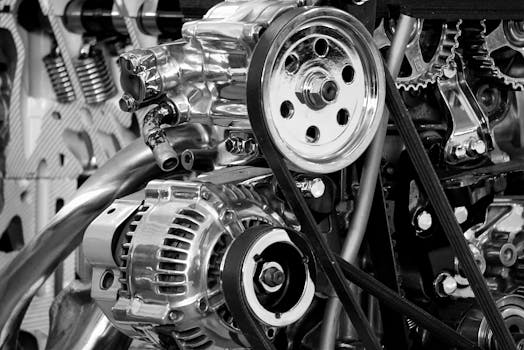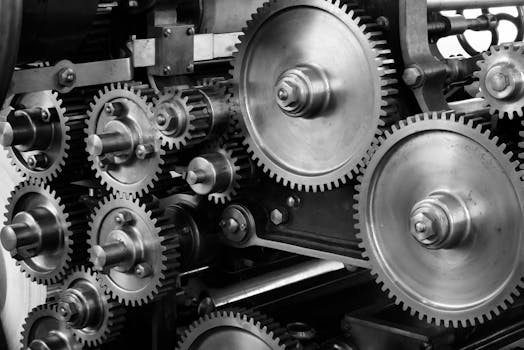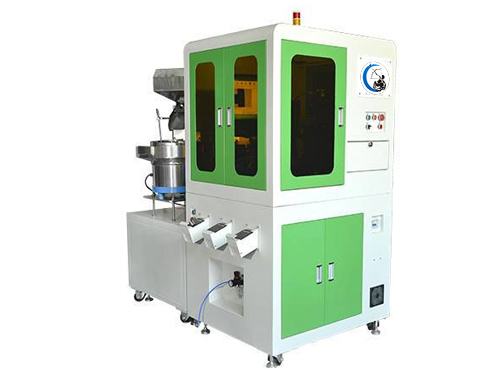
Can Smart Assembly Lines Make the Photovoltaic Industry Truly Intelligent?
2025-11-11
When we think about solar power, most of us imagine panels quietly soaking up sunlight on rooftops or solar farms stretching across fields. But the real transformation—the smart part—happens long before sunlight hits the panels. It begins inside factories where optimizer automatic assembly lines are reshaping how we build the future of clean energy.
This week, let’s take a closer look at how automation and intelligence come together to make the photovoltaic industry smarter, faster, and closer to our everyday life.
1. From “Automatic” to “Smart”: What’s the Difference?
An automatic assembly line focuses on efficiency—machines handle repetitive tasks with precision.
But a smart assembly line goes beyond that. It uses sensors, cloud computing, and data learning to think, analyze, and adjust during production.
For example, if one station detects a slightly higher soldering temperature, the system automatically corrects it at the next stage. No pause, no human check—just pure intelligent response.
It’s kind of like how your phone adjusts its brightness automatically depending on your surroundings. The factory, in this case, adjusts itself to keep production optimal.
2. Real-Life Benefits You Can Actually Feel
You might ask, “How does that affect me?”
Well, the smarter the assembly line, the higher the quality and consistency of solar optimizers. That means better performance and longer lifespan for every solar panel installed at your home or business.
So, when your rooftop solar keeps working efficiently for years with minimal maintenance, it’s because a smart assembly line ensured every component was built just right.
And yep, that’s why solar energy today feels more reliable—and affordable—than ever.
3. Smarter Factories, Greener Planet
There’s a nice irony here: the smarter these factories get, the less energy they waste while building products that produce energy.
Imagine a photovoltaic factory powered partly by the very solar modules it produces. Energy data collected from the assembly line helps optimize machine performance and reduce idle energy consumption.
That’s not just efficient manufacturing—it’s a full-circle sustainable ecosystem.
4. Human and Machine: A New Partnership
Smart assembly lines don’t eliminate people; they empower them. Engineers and operators can now monitor the entire production flow through digital dashboards, analyze data, and even adjust settings remotely.
Instead of doing repetitive tasks, workers are now solving problems and improving processes—transforming the workplace into a space for creativity and innovation.
Of course, mistakes still happen sometimes (yeah, nobody’s perfect), but the system learns from each error, making the next run even better.
5. What’s Next for the Photovoltaic Industry?
The next step is full integration—where every component of the photovoltaic ecosystem, from panel to optimizer to grid connection, communicates through a unified data network.
That’s when “smart assembly” evolves into smart energy—where homes, factories, and even cities interact to balance energy flow in real time.
It’s not a sci-fi dream. It’s the logical next chapter, and it starts with the intelligent production lines running today.
From automatic to intelligent, the optimizer assembly line marks a turning point in how we approach clean energy.
It’s not just about producing solar parts faster—it’s about creating a connected, efficient, and sustainable future where technology quietly works behind the scenes to power our daily lives.



